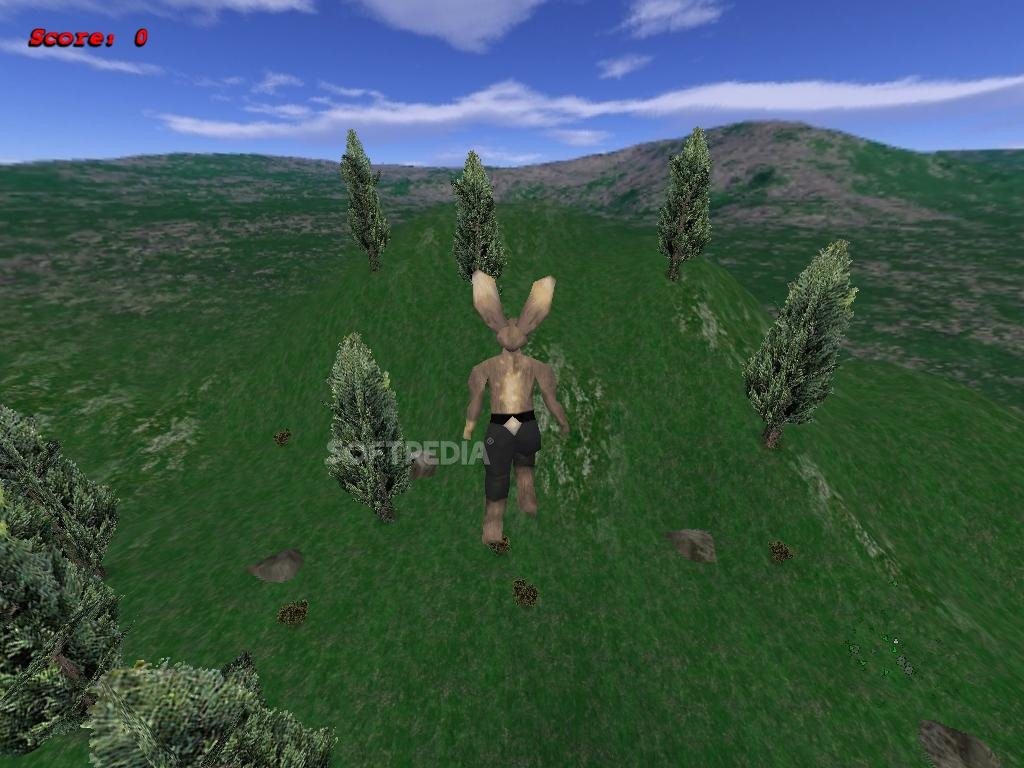

Since I hardly aimed this arena “plop,” the hilly ground was protruding through it, giving it a lot more variety than a simple straight floor. Since the editor and the game are the same thing right now, I managed to just plop an arena down on a regular map around the spawn point, allowing my girlfriend and I to fight in a more enclosed area. Multiplayer is currently limited to controllers and playing locally with friends, but it can still be an absolute blast. Outside of the arena are some smaller concept levels, multiplayer, and a level editor. Running away towards a wall, jumping at the wall and bouncing off of it, only to use my momentum to spring-kick my enemy into the ground is easily one of my favorite moments from the arena. That isn’t to say, however, that a head-on charge towards someone won’t win every so often!Īt the beginning of my time with Overgrowth, I was very defensive waiting for an enemy to attack and trying to parry or counter-punch my way to victory. It’s a fighting game that really puts caution and patience over anything else. I’ve jumped off of someone’s face, flipped away, landed on my neck, and died…only to see them get up a second later. Things like force and inertia really do matter when fighting. Weapons will kill someone with one successful strike, but they’re a little unwieldy. There always seems to be room for improvement.ĭeath comes very quickly in Overgrowth, sometimes by your own actions. Knowing these contexts is where the high skill ceiling comes into play in Overgrowth. That is to say, when you press “attack,” various actions may happen depending on whether or not the character is moving, where the opponent is in relation to the player, and so on. Much of the combat mechanics are context sensitive. You’ll need to confront the wiki in order to understand the combat, but although it may seem daunting, the basics are easy enough to comprehend.

It is a perfect mode to highlight the most interesting thing about Overgrowth, the combat, and a wonderful place to refine the skills needed to comprehend what’s going on. Sometimes the round will be a 2v2, sometimes it’ll be a 1v1, and other times it’s a free-for-all. This mode simply pits the player against one to three AI opponents, round after round, with the objective being not to die. One of the biggest features in the current state of Overgrowth is being able to utilize its complex combat mechanics in its arena mode. The Steam store page description does a pretty good job of summing it all up: “it is more like a sandbox of technology and martial arts, and less like a story-driven action-adventure.” There’s only a small hint of anything that might be seen as a “campaign,” but that somehow did not stop me and my friends from playing round after round of Overgrowth. After being in development for approximately ever, Overgrowth is now on Steam Early Access in a still-pretty-early state, but that doesn’t mean that it isn’t worth getting in on early.Įven in its current state, Overgrowth has proven to be one of the most intense fighting games I’ve ever played.Ĭurrently, there’s not all that much going on in Overgrowth. Beating things up in Lugaru is incredibly satisfying, so naturally I’m excited for its sequel, Overgrowth. I’ve always held Lugaru as one of the finest indie games out there, largely due to its combat system and difficulty curve.


 0 kommentar(er)
0 kommentar(er)
